A report by the composer, Dr. Richard St. Clair (Shaku Egen)
The concert of my oratorio, "Dharma Chant", was a tremendous success in Boston’s West Roxbury on May 21st this year. The chorus is called the Commonwealth Chorale, a group of 80 skilled amateur singers.
The lyrics which I set to music were from the Nibbana and Metta Suttas in the Pali Canon - words of Shakyamuni Buddha Himself - plus the Gatha “Hymn of Aspiration for Birth in the Pure Land” introducing Vasubandhu’s Treatise on the Larger Sutra (Jodoron), and Master Shan-tao’s Kisamboge, a Gatha urging all to take refuge in Amida Buddha’s Other Power. The lyrics were sung in English translations.
The music was performed wonderfully and the audience reaction was overwhelming, with four curtain calls. The enthusiastic applause went on for several minutes. It was so gratifying so see this work so warmly accepted.
My piece is for an a-cappella chorus of men and women, a large group of singers without any accompaniment by instruments. It is a long piece, lasting one hour, and taking up the entirety of the concert.
The music ends with a short chorale singing in harmony the Nembutsu, both in Japanese and in English. The last words of my piece are simply, "THANK YOU, AMIDA BUDDHA."
The after-concert reception went on for over a half an hour. People came up to me afterwards in droves. There must have been 300 people in the audience. A few well-wishers asked about the Dharma. One woman said, "I'll never think the same way about Buddhism again." One man asked for clarification about transference of merit and I explained it was Amida’s merit transferred to us, nothing to do with our own merit. He asked me, “So Amida’s merit becomes our merit?” I thought that was brilliant, so I agreed. Another gentleman asked about the three buddha-bodies (trikaya), so I patiently explained to him about nirmanakaya, samboghakaya, and dharmakaya. But most of the people were just enthused and grateful about the music itself. One man said, “I just let the music wash over me.”
Many members of the chorus also came up to me afterward and thanked me personally for writing this music and for the opportunity for them to sing it. The conductor, Mr. David Carrier, expressed especial gratitude for the opportunity to present this music in concert. One member said she was so moved in learning the music that she had dreams about it. The rehearsal pianist said the experience was life changing for him.
Another member of the chorus was particularly moved by the music and the text. She wrote to me the following in an email:
"Richard,
"I just wanted to thank you again for sharing your fine piece with us! Bits of it keep running around in my head and making me smile. On the news yesterday the announcer mentioned the word “diamond,” and immediately I was singing “clear as a diamond”—one of my favorite parts!
"We did struggle to learn the piece (in my case, even just parts 1 and 3). But early last week it all just came together for me. I had read the words out loud a number of times, but when I did it again after the first dress rehearsal, the text suddenly made sense—and your music served to heighten its beauty! During the performance I felt a real need to convey the teachings to the audience, with both urgency and joy. And I think they got it."
I gave a prepared 5-minute talk to the audience before the singing began. In my comments I explained in lay terms the Easy Path of salvation through the Other Power of Amida Buddha. I dedicated my music to Amida Buddha. The programme brochure, which contains the full text of the lyrics, goes into much greater detail about Shin Buddhism and Pure Land Buddhism generally. Of course I was talking to a western audience, most of whom probably knew little or nothing about Buddhism. But I was pleasantly surprised to learn that several Buddhists had also attended and were very moved by the music and lyrics.
I’m simply full of gratitude for and to Amida Buddha, our Beloved Parent Oya-Sama, who has given me the gift of music to spread this great Dharma to audiences in the west. Hopefully this will lead to further performances elsewhere in the U.S. and even abroad.
NAMU AMIDA BUTSU!
Richard St. Clair
(May 25, 2016)
********
DHARMA CHANT: New Pure Land Buddhist Choral Work to Receive Boston Premiere
This May in Massachusetts will be the scene of a highly unusual musical premiere, composer Richard St. Clair's hour-long oratorio "Dharma Chant" for chorus, a work spanning the years since he first began his study of Shin Buddhism to the present, or some 20 years in the making. "Dharma Chant" will be performed by the celebrated Commonwealth Chorale, under the direction of David Carrier. Richard's music is in the traditional expressive style of Western religious a cappella music.
The concert will take place at 8 PM on
Saturday, May 21 at the Church of the Holy Name, 1689 Center Street, West
Roxbury, Mass. (a western section of Boston).
The lyrics for his music are from three
Dharma sources: the Pali Canon and its teaching on Nibbana and Metta;
Bodhisattva Vasubandhu's treatise Jodoron (the Gatha portion); and Master
Shan-tao's great Gatha, Kisamboge. The Vasubandhu and Shan-tao texts are famous
Pure Land writings highly prized by Shinran Shonin. None of these texts have
been set to Western music before.
The Nibbana Sutta from the Udana
describes in the Buddha's own words the nature of Nirvana, and the Metta Sutta
is a great favorite of all schools of Buddhism with its beautiful teaching by
the Buddha on lovingkindness. The Jodoron gatha by Vasubandhu describes the
beauty and transcendent wonders of the Pure Land and the Person of Amida, and
Shan-tao's Kisamboge urges all to take refuge in Amida's Primal Vow. The music
concludes with a brief hymnal setting of the Nembutsu. Richard's music
expresses both the culmination of his search for truth and his response to
Amida Buddha's Call of Boundless Compassion, and above all his gratitude for
being saved by Amida Buddha.
Richard, Harvard educated and now retired
from MIT, first encountered Shin Buddhism in 1996, and from there began his
search for the path to Shinjin, which he received from Amida Buddha in 2009
with the help of Dharma teacher Paul Roberts, an American protégé of Eiken
Kobai Sensei. He received kikyoshiki from the Monshu at the New York Buddhist
Church in 2001, receiving the homyo, Egen. Richard maintains an active online
presence in the popular True Shin Buddhism Yahoo! group where he is a
co-moderator, and he co-hosts a popular blog, True Shin Buddhism (http://trueshinbuddhism.blogspot.com).
Richard has a regular column for his poems of faith ("Poems and
Sayings") on the Amida-ji blog of Romanian Shin Buddhist priest Rev. Josho
Adrian Cirlea (http://amida-ji-retreat-temple-romania.blogspot.com/). Some
of his Shin Buddhist poems have been translated into Japanese by Rev. Hisao
Inagaki.
For
further details, contact Richard at sshin02143@AOL.com

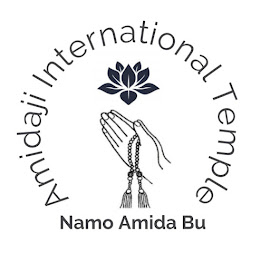



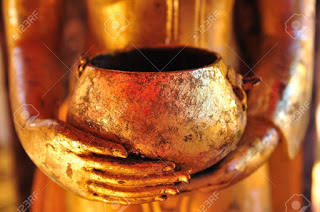



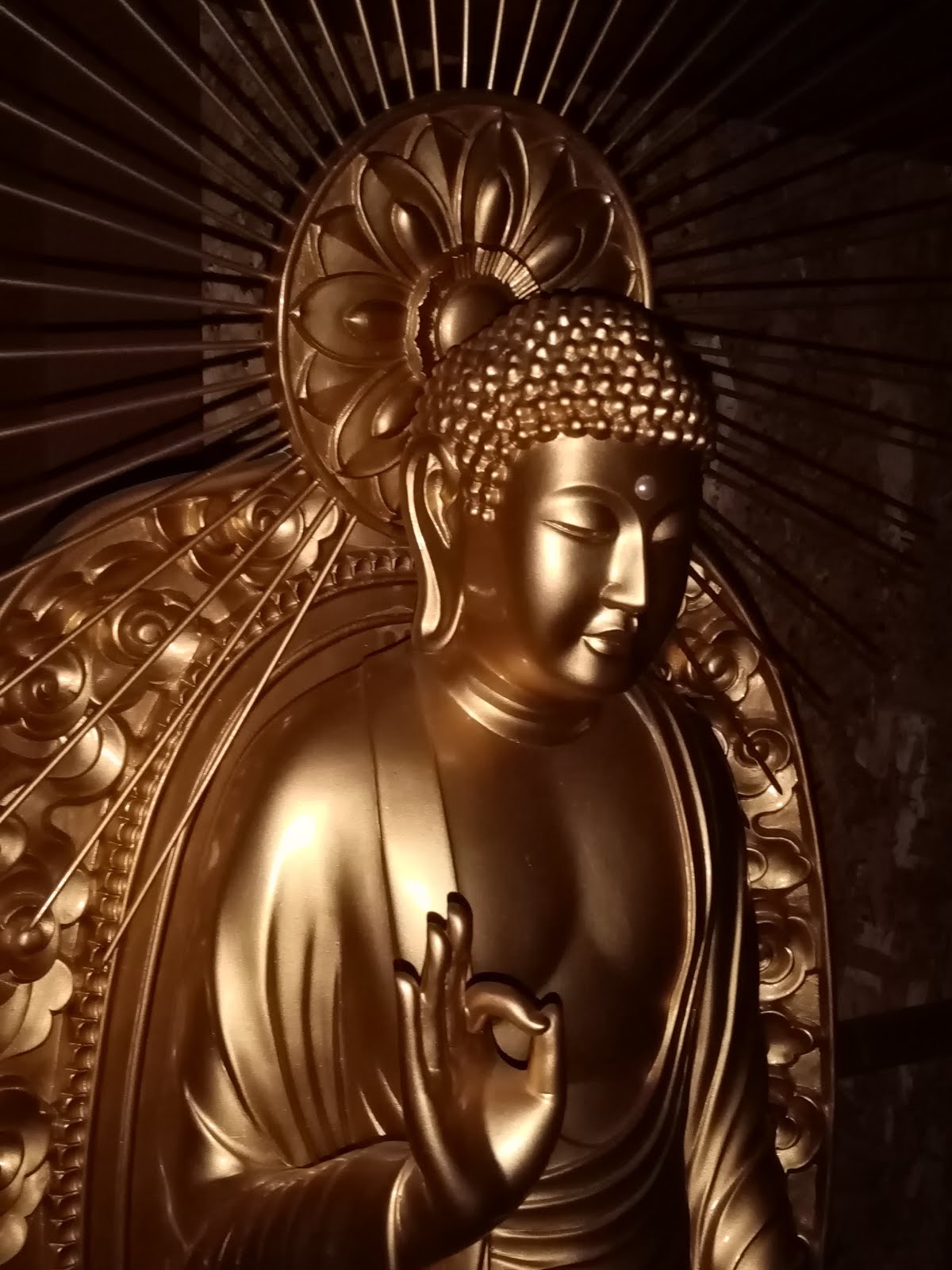

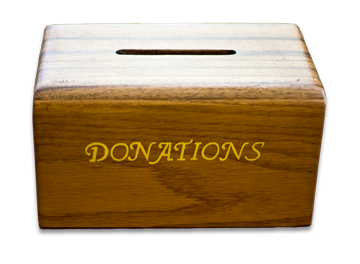








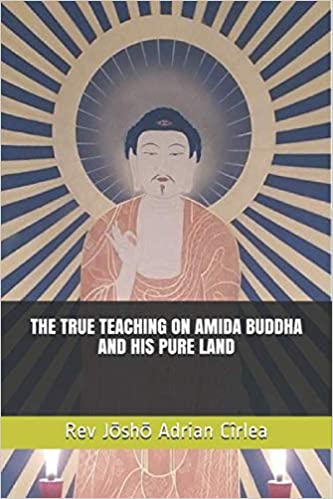





0 comentarii:
Post a Comment